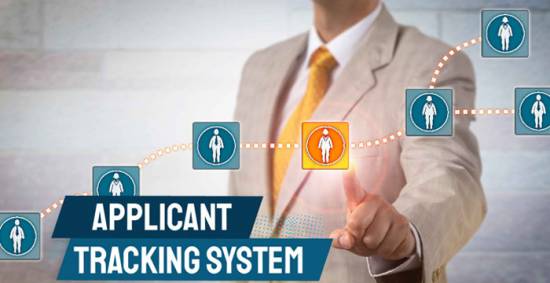Data migration is the process of transferring data from one location to another. This can be done for a variety of reasons, such as upgrading to a new system or moving to a new server. There are a few things to keep in mind when migrating data, such as ensuring that all data is transferred correctly and completely. Additionally, you will want to make sure that your new system is compatible with the data you are migrating. In this blog post, we will explore the process of data migration and some of the best practices to ensure a smooth transition.
What is Data migration
Data migration is the process of moving data from one location to another? This can be done manually or automatically. Data migration is often performed when upgrading or migrating to new hardware or software systems, or when consolidating data stores.
Data migration can be a complex and challenging process, especially if done manually. Automated data migration tools can help make the process simpler and less error-prone.
Understanding Data Migration and Best Practices
When data is migrated, it is typically done so in batches. This process usually entails creating a new database and transferring the data from the old database to the new one in manageable chunks. Data migration can be complicated, and it is often necessary to hire outside help to ensure that all of the data is transferred correctly. Some common characteristics of data migration projects include:
Downtime: When data is being migrated, there will typically be some downtime for users while the process is taking place. This downtime can vary in length depending on how much data needs to be transferred and how complex the process is.
Cost: Data migration can be a costly endeavor, especially if it requires hiring outside help. The cost will also depend on the size and complexity of the project.
Risk: There is always some risk involved in any type of data migration project. The risk can be minimized by carefully planning the project and thoroughly testing everything before going live with the new system.
What are the types of Data migration
There are four types of data migration:
- Initial data load: This type of data migration is typically performed when setting up a new database or application. All data from the old system is transferred to the new system in one go.
- One-time data transfer: This type of data migration is performed when there is a need to move data from one system to another on a one-time basis. For example, if you are upgrading your database server, you may need to migrate all data from the old server to the new one.
- Incremental data migration: This type of data migration is performed when only new or changed data needs to be moved from one system to another. This is often done on a regular basis, such as nightly or weekly, in order to keep the two systems in sync.
- Real-time data replication: This type of data migration is performed when near-instantaneous synchronization between two systems is required. Data changes made on one system are immediately replicated to the other system.
What are the Risks of data migration
There are a number of risks associated with data migration, including data loss, data corruption, and system downtime. Data loss can occur when data is either not migrated properly or is lost during the migration process. Data corruption can occur when data is improperly converted from one format to another or when it is damaged during the migration process. System downtime can occur when the systems involved in the migration are not compatible or when the migration process itself is not well-designed.
Phases of the Data Migration Process
There are four phases in the data migration process:
1. Extracting the data from the source system
2. Cleaning and transforming the data
3. Loading the data into the target system
4. Testing and verifying the migrated data
Extracting the data from the source system is the first phase of data migration. This involves extracting all of the relevant data from the source system and exporting it in a format that can be imported into the target system. Cleaning and transforming the data is the second phase of data migration. This involves identifying and cleaning up any invalid or incorrect data, as well as transforming it into the correct format for import into the target system.
Loading the data into the target system is the third phase of data migration. This involves importing all of the cleaned and transformed data into the target system. Testing and verifying the migrated data is the fourth and final phase of data migration. This involves running tests on the migrated data to ensure that everything was migrated correctly and that there are no errors in the new system.
Golden rules of data migration
There are a few golden rules that should be followed when migrating data:
- Always have a backup. This is the most important rule of thumb when it comes to data migration. Having a backup will ensure that you have a copy of your data in case something goes wrong during the migration process.
- Test, test, test. Before you migrate your data, it is important to test the process to make sure that everything works as expected. There is nothing worse than losing data during a migration because something was not tested properly.
- Plan ahead. Migrating data can be a complex and time-consuming process, so it is important to plan ahead and allow enough time for the migration to take place. Trying to rush through a migration can lead to mistakes and lost data.
- Be prepared for downtime. When migrating data, there will likely be some downtime while the new system is being set up and tested. It is important to plan for this downtime and make sure that your users are aware of it in advance so that they can plan accordingly.
- Clean up your data before you migrate. This will help to ensure that only the necessary data is migrated over and that any old or unused data is left behind. This can save both time and storage space on the new system
Post Comment
Be the first to post comment!










